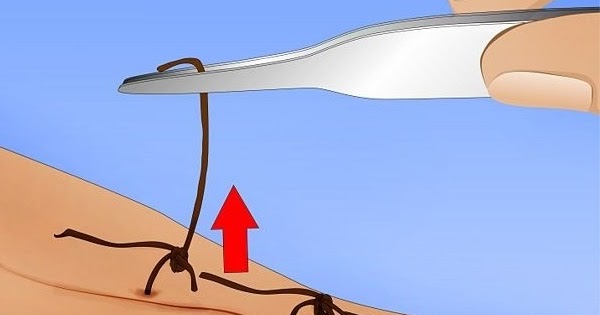

#GUIDELINER ICD 10 CODE TELEFLEX ACTIVATOR#
One mg per hour of recombinant tissue plasminogen activator (tPA) is infused through the catheter overnight (12–24 hours). Known severe allergy to iodinated contrast agent, anticoagulant, or thrombolytic agent may also be considered a relative contraindication, unless the patient can be premeditated.ĭigitally subtracted venogram demonstrates thrombus in the external iliac vein with patent inferior vena cava. Relative contraindications include major trauma, surgery or obstetrical delivery within 10 days, uncontrolled hypertension (systolic >180 mmHg or diastolic >110 mmHg), gastrointestinal bleeding within 3 months, pregnancy, infected venous thrombus, severe renal or liver disease, hemorrhagic diabetic retinopathy, and bleeding diathesis. Absolute contraindications to catheter-directed pharmacologic thrombolysis include active internal bleeding, cerebral infraction, neurological and eye procedures or head trauma within 3 months, and known intracranial tumor, aneurysm, or vascular malformation. Since many symptomatic patients with acute femoropopliteal DVT improve with anticoagulation and compression stockings, CDPT for prevention of PTS should be reserved for femoropopliteal DVT patients with severe symptoms or worsening thrombosis despite anticoagulation. Patients at high risk for bleeding, however, may be more appropriately managed with mechanical or aspiration thrombectomy techniques without the use of thrombolytic agents.Įlective CDPT may be pursued for acute iliofemoral (iliac and/or common femoral vein involvement) DVT in symptomatic patients in order to prevent PTS ( 5).


Urgent CDPT should be considered for inferior vena cava (IVC) thrombosis, especially when patients are at risk for renal failure and Budd-Chiari syndrome due to renal or hepatic vein involvement, respectively. CDPT should be performed emergently in the setting of phlegmasia cerulea dolens, where severe edema from venous obstruction threatens limb viability ( 5). Weight-based infusion to maintain therapeutic PTT (1.5–3 times normal)Ħ0 mg q24h after at least 5 days of parenteral therapyġ50 mg q12h after at least 5 days of parenteral therapyĬDPT may be performed emergently, urgently, or electively. Weight-based bolus followed by continuous infusion to maintain therapeutic PTT (1.5–2 times normal) or 333 U/kg SQ first dose, then 250 U/kg q12h This review paper will discuss the different catheter directed interventions for acute DVT. The primary goal of catheter directed interventions for acute DVT is to prevent or reduce the likelihood of developing PTS ( 5).Ī number of different treatment strategies are available for patients diagnosed with DVT.

Symptoms of PTS include swelling, pain, heaviness, and venous claudication which can worsen with dependency of the leg.
#GUIDELINER ICD 10 CODE TELEFLEX FREE#
Duplex ultrasound characteristic of acute DVT include a smooth homogenous thrombus appearance, soft or spongy texture, hypoechogenicity, poor wall attachment or free floating, surrounding dilated vessel size and absence of collaterals with no flow noted in the vein on spectral Doppler ( 4).Īpproximately 25–50% of patients with lower extremity DVT develop post-thrombotic syndrome (PTS), despite anticoagulation therapy. Duplex ultrasound is the recommended modality for the diagnosis of DVT ( 4).Ī thrombus is typically classified as acute if it has formed within 2–4 weeks of diagnosis. VTE, which encompasses deep vein thrombosis (DVT) and pulmonary embolism (PE), contributes to a yearly economic burden of $7–10 billion in the USA ( 2).Ĭlinical presentations of DVT of the legs include swelling or pitting edema, erythema, pain, and presence of collateral veins ( 3). Venous thromboembolism (VTE) is the third leading vascular disease after acute myocardial infarction and stroke ( 1).


 0 kommentar(er)
0 kommentar(er)
